Projects
Planetary Exploration
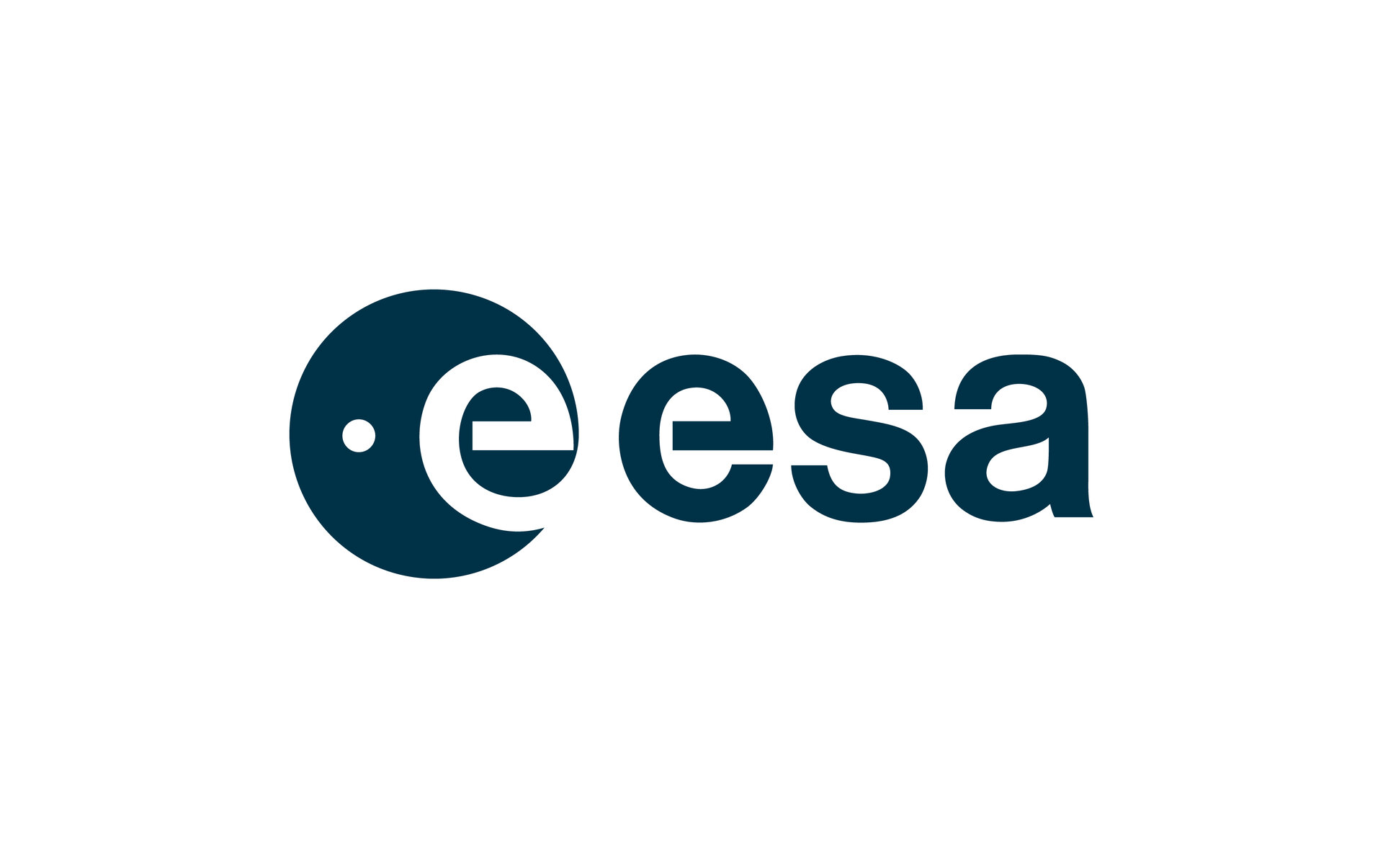 | AI for Planetary Exploration The upcoming missions are requiring rovers to navigate as fast as possible. In addition to the navigation challenges, manipulator positioning, and energy budgeting are tasks that require autonomous decision making. Some of these aspects can be solved by artificial intelligence (AI) based methods, since they enable a machine to make its own sensible decisions based on internal and external information, turning rovers for example into intelligent agents.These aspects are currently the main research topics that are being carried out in the Space Robotics Lab at the University of Malaga. Indeed, the SRL have researched and developed novel AI based methods to identify terramechanic features of terrains using a multimodal sensor based on RGB-D and thermal cameras. Main Contractor: University of Malaga |
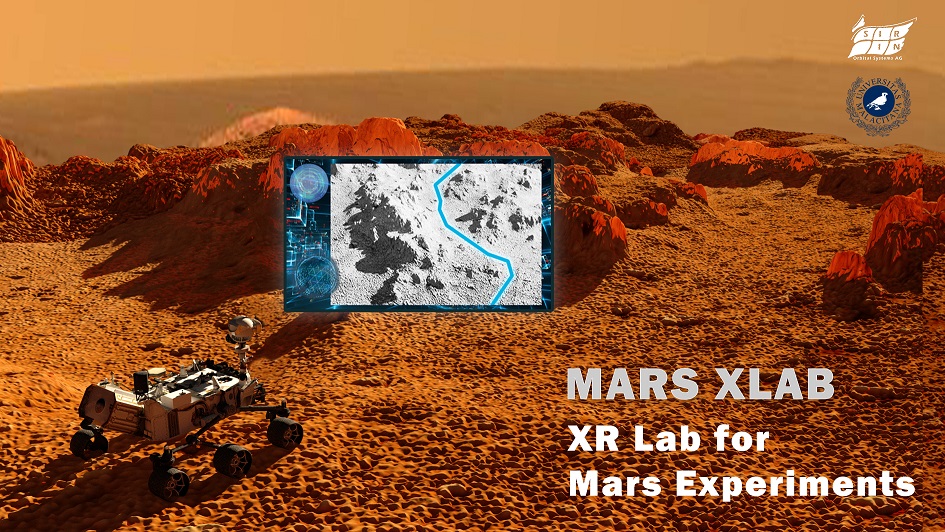 | Extended Reality Lab for Mars Experiments (Mars XR Lab) This early technology development project aims to design and develop an XR-based virtual lab for Mars experiments. AI methods are used to improve orbital imagery resolution, as well to obtain terrain features based on local images from rovers. The objective is to advance the development of the proposed approach to generate the virtual lab, and validate it using a mars-like environment on Earth. For this purpose, aerial and local images will be taken to generate the virtual scenario and compare it with the real one. Once the proposed approach has been validated on an Earth mars-like scenario an alpha version has been developed. Real data provided by orbital satellites and rovers on Mars will be used to generate a virtual lab of an area of interest from Mars. Provided information will be used to continue on the development of the beta version of the proposed approach, and to validate the generation of a virtual scenario from Mars. The final product, Mars XR Lab, enables virtual testing of human exploration, equipment, facilities and rovers. Main Contractor: Sirin Orbital Systems AG ESA Contract reference: ESA AO/2-1829/22/NL/GLC/ov Duration: 01/07/2022 - 30/10/2023 |
 | Robust and (Semi) Autonomous Platform for Increased Distances (RAPID) In 50 years of Space Exploration, the total distance covered by rovers on Mars and the Moon is about 200km, an average of 4km per year. Future exploration rovers are expected to travel one order of magnitude more per single day. This requires designing rovers that are intrinsically faster than those built so far. It is not only a matter of building faster vehicles. As demonstrated in previous technology development activities, high speed in semi-autonomous rovers, can only be achieved by the optimal concurrent design of locomotion, navigation and Human-Robot Interface (HRI). Current rovers like ExoMars or the Sample Fetching Rover (for Mars Sample Return) have been designed for low speeds, in the order of cm per second. A new fast-moving rover will therefore require radical innovation. The objective of this project is the design and manufacturing of a rover testbed, able to move faster over the moon surface. Contributions of the Space Robotics lab in this project are related to the GNC architecture, mainly focused on the Guidance and Control components that would allow the rover to navigate autonomously at higher speeds. Main Contractor: GMV Aerospace and Defence S.A.U. ESA Contract reference: 4000136833/21/NL/RA Duration: 01/02/2022 - 10/08/2023 |
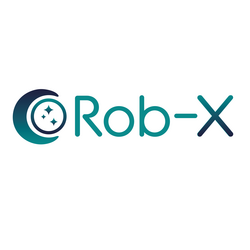 | Cooperative Robots for Extreme Environments CoRob-X (H2020-SPACE) CoRob-X develops and demonstrates enabling technologies for multi-agent robotic teams. The primary target application isthe exploration of planetary surfaces, with a focus on hard-to-reach areas. CoRob-X builds on robotic hardware provided bythe project consortium and software building blocks developed within the framework of the SRC Space RoboticsTechnologies. These building blocks are reused and extended to support a multi-agent exploration team of robots. A firstiteration of the Conceptual Study led us to select a set of specific scenarios for the exploration of Lunar surface and lavatubes with a team of three Robotic Explorer Units (REUs). The rovers are at different scale (dimensions, mass) and exhibitdifferent locomotion principles/capabilities. EU grant agreement no.: 101004130 Duration: 01/04/2021 - 30/03/2023 |
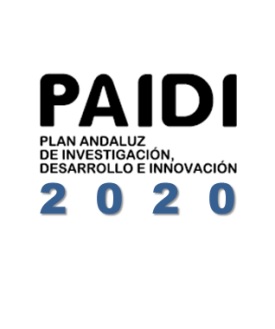 | Intelligent Multimodal Sensor for Indentification of Terramechanic Characteristics in Off-Road Vehicles (IMSITER) The objective of the IMSITER project is to provide a multi-sensorial intelligent system that allows terrain features identification, relevance for terrestrial vehicles, autonomous or not, on off-road. This system will use machine learning, as well as deep learning to identify terramechanic features, such as slip ratio and rolling resistance. In particular, a system that will be mounted on board a vehicle, will integrate information from multispectral and RGB-D cameras, LIDAR, spectrometry and proprioceptive sensors from the vehicle. It will allow a cognitive capacity for off-road vehicles and robots that would contribute to security and efficiency. Funded by the Andalusian Regional Government. Duration: 01/01/2020 - 31/12/202277 |
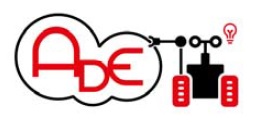 | Autonomous Decision Making in Very Long Traverses (ADE) ADE (Autonomous DEcision making) objective is develop and test in a representative analogue a rover system suitable to increase data collection, perform autonomous long traverse surface exploration, guarantee fast reaction, mission reliability, and optimal exploitation of resources. ADE specific objectives (WP full coverage):- Autonomous long range navigation with high reliability. The ADE rover guidance receives a goal location. It is in charge of planning and executing a safe and efficient route to this goal. It locally re-plan to visit new local goals, enabling the ADE to seize scientific opportunities.- Consistent data detection / avoiding un-detection of interesting data. Interesting environmental features will be detected by the Opportunistic Science agents. ADE includes two instruments that will generate observation conflicts to be solved by ADAM.- Autonomous decision making capabilities (E4) in presence of conflicts. Key components of ADE is ADAM, Autonomous decision making Module. It is based on the tight integration/update of robotic technologies including the outputs of OG1-OG4. It will autonomously and safely modify the rover nominal plan in case of identification of interesting feature /environmental hazards in compliance with system constraints, on-board resources and temporal restrictions.- Demonstration in a representative environment. ADE will be tested in incremental manner till full representative analogue. Its components, ADAM and the ADE avionic, represent a step ahead in technologies applicable to multiple scenarios. The ADE demonstrator represents a breakthrough wrt the way rovers will explore unknown hostile environments, both in space and on Earth. OG10 will maintain OG2.- Dissemination/communication & Exploitation. Dedicated Plans are elaborated inc. direct consultation with stakeholders.- Collaboration/harmonization with other Call 2 OGs teams. Through the I/F Engineer. The ADE team is open to share developments in common element. EU grant agreement no.: 821988 Duration: 01/03/2019 - 28/02/2021 |
 | Path Planning in Extreme Terrains Following the Autonomous Routing on Extreme Surfaces (ARES) activity where a dynamic path planning algorithm has been designed capable of routing a reconfigurable rover through an optimal path considering different rover locomotion modes, we plan to continue now on this research topic by adding new features to the onboard control architecture that will allow increase the autonomy of the planetary rover. In a second stage, the previously developed path planning algorithm will be extended to allow a rover to carry a manipulator with the aim of performing some tasks such as sample fetching on remote planets and/or assembly of parts in a future station on the Moon. Main contractor: University of Malaga ESA contract no.: 4000118072/16/NL/LvH/gp Duration: 01/09/2016 - 30/10/2021 |
Robotic Telescopes
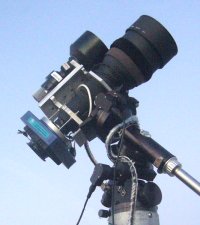 | Wide Field Optical System to follow-up transients and electromagnetic counterparts from gravitational waves (Andalusian Regional Government reference UMA18-FEDERJA-153) The main objective of this project is to develop a wide field optical instruments that allows, on the one hand, the immediate observation of Gamma Ray Bursts (GRBs) and its associated post-luminescence emission; and on the other hand, the detection of optical counterparts from gravitational waves sources (GWs). The project is conceived as a multidisciplinary one because it joins software and robotics with astrophysics. The aim is to obtain relevant results in both technological and scientific topics. Related to technology, it is mainly focused in the development of new methods to control and plan autonomous robotized telescopes. The main objective is to obtain astronomical images as fast as possible once an alert is received by the observatory. These alerts normally come from scientific satellites or gravitational waves interferometers. The images would be processed in real-time, allowing them to detect and confirm the cosmic origin of these alerts. As regards the scientific aspect, the objective is to observe both GRBs and GWs to find their corresponding optical counterparts in order to command bigger telescopes. It is worth mentioning some GRBs alerts are not processed because the error area is huge, i.e. several square degrees. Therefore, a wide field optical system is needed to solve this issue.Finally, the system to be developed will be used to support space mission from Earth, as well as it will be used in dissemination activities related to open science in high school and universities. An example is the ScienceIES project, in which high school students can use robotized telescopes in the joint research unit between the Institute of Astrophysics of Andalucia and the University of Malaga.
|
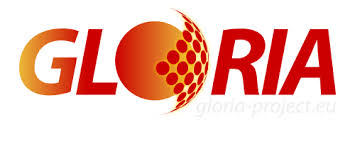 | GLObal Robotic telescopes Intelligent Array (EU-FP7 grant agreement:283783) GLORIA is an innovative citizen-science network of robotic telescopes, which will give free access and research to a virtual community via the Internet. The GLORIA partners will offer access to a growing collection of robotictelescopes via a Web 2.0 environment - 17 telescopes on 4 continents by the project’s end. The GLORIA partners can do this because most of the telescopes are already robotized using the same free/open-source RTS2 software (maintained by GLORIA members), and the web access will be based onCiclope Astro (also by a GLORIA member), which currently provides the world’s first free-access robotic telescope at Montegancedo Observatory (http://om.fi.upm.es). The Internet experiments will be coordinated byGalaxy Zoo (http://galaxyzoo.org).The challenge will be to involve people from around the world, to maximise their collective intelligence,and to foster their participation in astronomy research both in data analysis and actual observations. Thee-Infrastructure will be managed using the method of ‘karma’, proven in most successful web 2.0 sites, wherebythose users who participate the most are awarded corresponding observing time.GLORIA will be an e-Science network for the virtual community, demonstrating how networking and opene-Infrastructures can increase the quality of research.During the project, 17 telescopes and 2 experiments will be deployed for these citizen scientists, and afoundation will be built up of documentation, free software, and a community of people will have grown, tomaintain and grow GLORIA into the future. Significant dissemination efforts will be made to draw in ordinarypeople, as well as scholars, to use the network, to learn about astronomy, and to do real science.Currently, GLORIA’s telescopes are individually supported from national funds and as this should continue, thenetwork will not bear the cost of their maintenance. GLORIA can easily survive in the future with minimal nationalfunding or even donations. |



